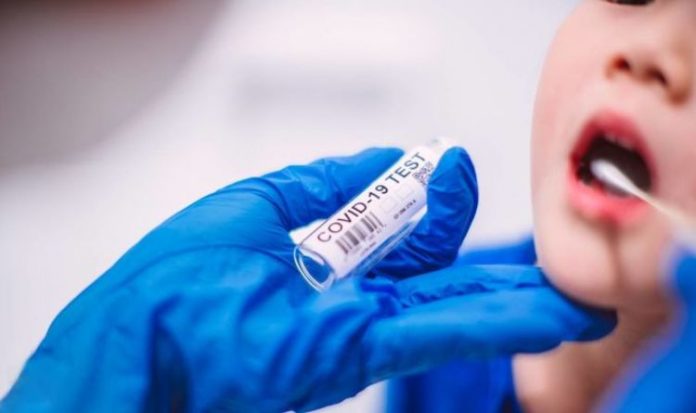Prime Minister Boris Johnson said the UK is still in a “pretty precarious” position. While everyone is undoubtedly looking forward to the easing of lockdown and a return to some kind of normality, that’s not likely to happen just yet. Mr Johnson said the lockdown ending depends entirely on the success of the vaccine rollout, which is currently underway.
The Prime Minister said: “I understand completely that people want to get back to normal as fast as we possibly can, but it does depend on things going well.
“It depends on the vaccination programme going well, it depends on there being no new variants that throw our plans out and we have to mitigate against, and it depends on everybody, all of us, remembering that we’re not out of the woods yet.”
While Mr Johnson had initially said mid-February would be the time to assess the lockdown, Home Secretary Priti Patel said it was too early to even start thinking about easing restrictions.
Ms Patel said: “We are at a pivotal stage. Our vaccine rollout is under way but we have a long way to go with vaccination.
“We cannot talk about easing restrictions and measures until we are absolutely clear we have vaccinated priority groups.”
READ MORE: What is the R-rate where I live? Full breakdown
What does the R number mean?
The R number is a pretty simple concept to get your head around as it is just a way of measuring how a disease spreads through a population.
The R number stands for “effective reproduction number”. If the R rate of a disease is one, then on average every person infected with the disease will go on to infect one more person.
If the number is higher than one then it means a disease will continue spreading to more and more people.
For example, if the Covid virus had an R rate of two, that would mean every infected person goes on to transmit the illness to two new people.
Has the R number come down?
In short, yes. The R rate has fallen sharply in the last seven days, suggesting the lockdown is working in slowing the spread of infections.
As it stands, the number is floating between 0.8 and one across the whole country, according to figures released by the Government Office for Science and the Scientific Advisory Group for Emergencies (SAGE).
Last week, the R number was between 1.2 and 1.3 for the entirety of Britain.
The number of new infections is also estimated to be shrinking by between one and four percent every day, while last week it was rising by between two and five percent.
Scientists advising the Government confirmed all regions in England have seen the drop in infectivity compared to last week.
The R rate is now below one in every county and city, indicating there could be light at the end of the tunnel soon.
However, they warned despite the decline, case levels “remain dangerously high and we must remain vigilant to keep this virus under control, to protect the NHS and to save lives”.
SAGE said: “It is essential that everyone continues to stay at home whether they have had the vaccine or not.
“We all need to play our part, and if everyone continue to follow the rules, we can expect to drive down the R number across the country.”







